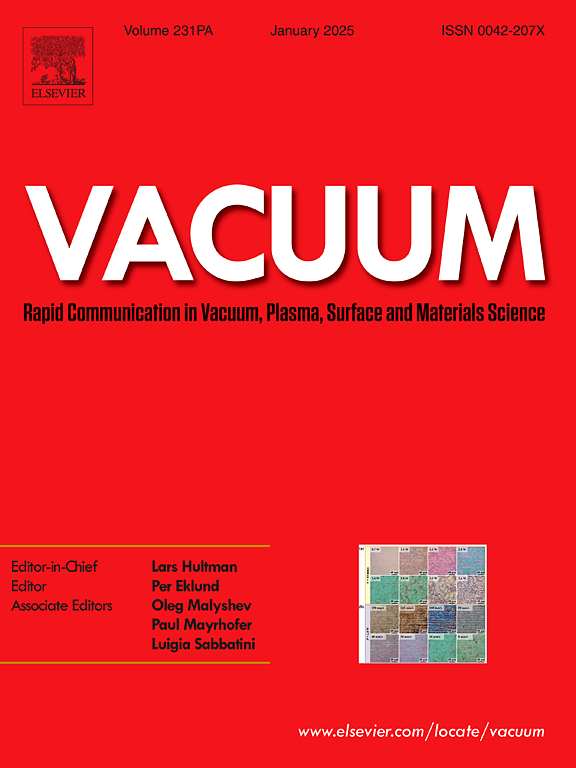氢等离子体电弧熔炼净化贫铀碎片中的杂质
IF 3.8
2区 材料科学
Q2 MATERIALS SCIENCE, MULTIDISCIPLINARY
引用次数: 0
摘要
贫铀芯片的回收利用对核能发展和环境安全具有重要意义。本文分别研究了纯Ar (PAM)和H2-Ar混合物(HPAM)等离子弧熔炼去除DU晶片中的非金属和金属杂质。实验结果表明,HPAM的除杂效果明显优于PAM。值得注意的是,在20% H2-Ar混合气体中,HPAM对DU切屑中非金属杂质的平均去除率可达82.8%,远高于PAM的10.9%。同时,金属杂质的平均去除率由PAM的37.9%提高到HPAM的67.5%。因此,HPAM可以快速有效地去除贫铀切屑中的非金属和金属杂质,从而促进贫铀材料的回收再利用,为核能和环境安全的发展提供可靠的保障。本文章由计算机程序翻译,如有差异,请以英文原文为准。
Efficient purification of impurities from depleted uranium chips by hydrogen plasma arc melting
Recycling and utilization of depleted uranium (DU) chips is highly significant for the development of nuclear energy and environmental safety. In this paper, the removal of non-metallic and metallic impurities from DU chips by plasma arc melting with pure Ar (PAM) and H2-Ar mixture (HPAM) was examined, respectively. Experimental results demonstrate that HPAM exhibits a significantly superior impurity removal effect compared to PAM. Notably, the average removal degree of non-metallic impurities in DU chips using HPAM with a 20 % H2-Ar mixture gas for 30 min can reach 82.8 %, which is much higher than 10.9 % achieved by PAM. Meanwhile, average removal degree of metallic impurities increased from 37.9 % for PAM to 67.5 % for HPAM. Therefore, HPAM can rapidly and efficiently remove non-metallic and metallic impurities from DU chips, thereby promoting the recycling and reuse of DU materials, and providing a reliable guarantee for the development of nuclear energy and environmental safety.
求助全文
通过发布文献求助,成功后即可免费获取论文全文。
去求助
来源期刊

Vacuum
工程技术-材料科学:综合
CiteScore
6.80
自引率
17.50%
发文量
0
审稿时长
34 days
期刊介绍:
Vacuum is an international rapid publications journal with a focus on short communication. All papers are peer-reviewed, with the review process for short communication geared towards very fast turnaround times. The journal also published full research papers, thematic issues and selected papers from leading conferences.
A report in Vacuum should represent a major advance in an area that involves a controlled environment at pressures of one atmosphere or below.
The scope of the journal includes:
1. Vacuum; original developments in vacuum pumping and instrumentation, vacuum measurement, vacuum gas dynamics, gas-surface interactions, surface treatment for UHV applications and low outgassing, vacuum melting, sintering, and vacuum metrology. Technology and solutions for large-scale facilities (e.g., particle accelerators and fusion devices). New instrumentation ( e.g., detectors and electron microscopes).
2. Plasma science; advances in PVD, CVD, plasma-assisted CVD, ion sources, deposition processes and analysis.
3. Surface science; surface engineering, surface chemistry, surface analysis, crystal growth, ion-surface interactions and etching, nanometer-scale processing, surface modification.
4. Materials science; novel functional or structural materials. Metals, ceramics, and polymers. Experiments, simulations, and modelling for understanding structure-property relationships. Thin films and coatings. Nanostructures and ion implantation.
 求助内容:
求助内容: 应助结果提醒方式:
应助结果提醒方式:


